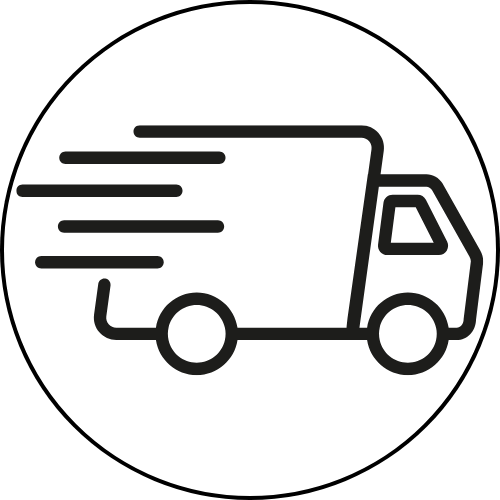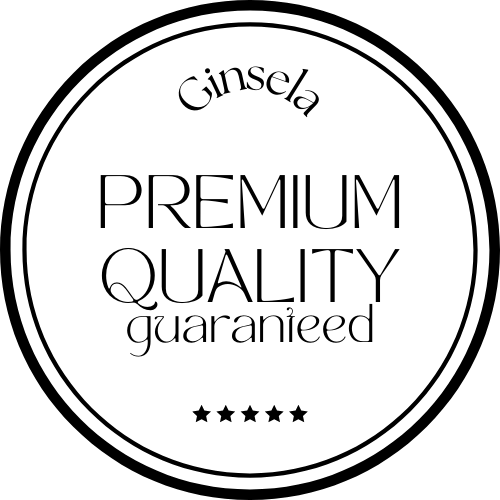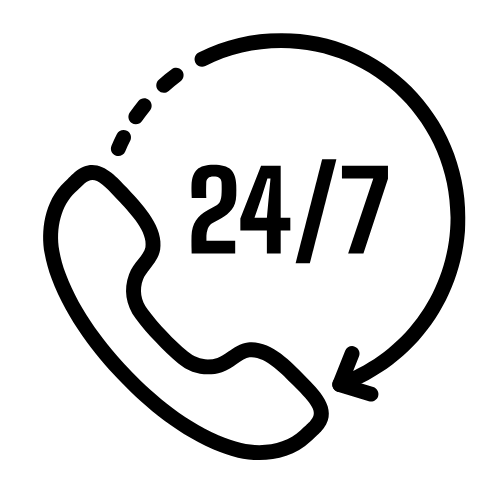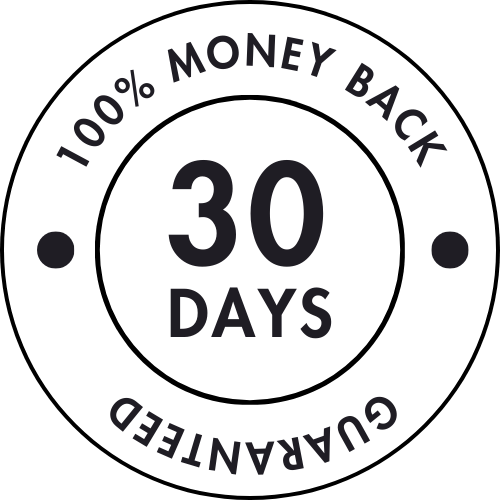TL;DR
Healthy hair starts in your kitchen. Protein, iron, zinc, vitamin D, omega-3 fatty acids, and (in true deficiency only) biotin are critical for hair density, growth, and reduced shedding. Supplements help only when blood tests confirm a deficiency; otherwise, a food-first plan is safer and more effective. This guide details what to eat, why it matters biochemically, and how to turn it into delicious, repeatable meals. Pair your diet with products like Ginsela Botanical Hair Growth Serum for optimal hair health.
Story: Sara’s Journey to Healthier Hair
After months of trying expensive “miracle” serums, Sara noticed her hair still felt brittle and thin. Her dermatologist didn’t start with shampoos—she ordered blood tests for iron, vitamin D, and zinc and asked about Sara’s protein intake. The results showed low vitamin D and borderline iron. Sara revamped her breakfast with Greek yogurt and eggs, swapped chips for pumpkin seeds, and added oily fish like salmon twice a week. Within three months, her brush showed less shedding, her part looked fuller, and baby hairs sprouted along her hairline. Now, Sara follows a food-first hair plan, using targeted supplements only when labs confirm a need, and keeps easy recipes like those below on rotation.
1. Hair Biology 101: Why Food Matters
Hair follicles are among the body’s most metabolically active mini-organs, cycling through anagen (growth), catagen (transition), and telogen (resting) phases. Inadequate nutrients can push follicles into telogen prematurely or slow their return to anagen, leading to thinning or shedding. Key nutrients drive keratin synthesis, cell proliferation, and microcirculation to the follicle. Clinicians often check labs for iron, zinc, vitamin D, and (rarely) biotin when patients report unexplained hair loss. For topical support, consider Ginsela Hair Oil for Scalp Health & Growth to enhance scalp circulation. American Academy of Dermatology
2. The “Big Six” Hair Nutrients (What to Eat & Why)
A) Protein (Keratin Building Block)
- Why it matters: Hair is ~95% keratin, a protein. Low dietary protein weakens shafts and increases shedding.
- Food wins: Eggs, Greek yogurt, cottage cheese, chicken, lentils, tofu, edamame.
- Clinician note: Dermatologists identify low protein as a correctable cause of hair loss; they guide intake if tests or diet history suggest insufficiency. American Academy of Dermatology
B) Iron (Oxygen Delivery to Follicles)
- Why it matters: Iron deficiency, with or without anemia, is linked to diffuse shedding; ferritin levels indicate iron stores.
- Food wins: Lean beef, lamb, liver (occasionally), mussels, lentils, spinach. Pair with vitamin C (citrus, bell peppers) for better absorption.
- Clinical angle: Supplement only with lab-confirmed deficiency to avoid overload. American Academy of Dermatology
C) Zinc (Follicle Cycling & Recovery)
- Why it matters: Zinc supports cell division and protein synthesis in follicles; deficiency causes alopecia, with regrowth after correction.
- Food wins: Oysters, beef, pumpkin seeds, chickpeas, fortified cereals.
- Safety: Excess zinc disrupts copper balance, potentially worsening hair. Avoid high doses without medical advice. Office of Dietary Supplements, PMC
D) Vitamin D (Follicle Biology & Immune Modulation)
- Why it matters: Low vitamin D is linked to alopecia areata and female pattern hair loss; repletion is standard when deficient.
- Food wins: Salmon, sardines, egg yolks, UV-exposed mushrooms, fortified dairy/alt-milks; plus sensible sun exposure.
- Evidence snapshot: Studies through 2024–2025 show strong associations between low vitamin D and alopecia subtypes. PMC, foliamedica.bg
E) Omega-3 (and Omega-6) Fatty Acids
- Why it matters: Anti-inflammatory lipids reduce telogen shift and may improve hair density and diameter in women with thinning.
- Food wins: Salmon, mackerel, herring, sardines, flaxseed, chia (ALA).
- Evidence snapshot: A 6-month randomized study showed omega-3/6 + antioxidants improved density and reduced telogen percentage. Wiley Online Library
F) Biotin (Only if Deficient)
- Reality check: True biotin deficiency causes hair loss but is rare. Routine supplementation lacks strong evidence and can interfere with lab tests.
- Food wins: Eggs, salmon, sweet potatoes, nuts, seeds.
- Caution: Avoid unless deficiency is confirmed. Office of Dietary Supplements, PMC
Caution Corner: Excess vitamin A and selenium can cause hair loss. Use supplements like Ginsela Peptide Hair Growth Serum for topical support, but always consult a clinician for oral supplements. PMC, Mayo Clinic
3. Food-First vs. Supplements: What’s Best?
Food-First Advantages
- Delivers co-factors (e.g., vitamin C with iron-rich vegetables) for optimal absorption.
- Lower risk of overdose toxicities (vitamin A, selenium, zinc).
- Supports overall metabolic and skin health.
When Supplements Make Sense
- Lab-confirmed deficiencies (iron, vitamin D, zinc, biotin).
- Restricted diets (e.g., vegan with limited iron/zinc) or absorption issues.
- Medical guidance with follow-up labs to ensure correction. American Academy of Dermatology
Comparison Table: Whole Foods vs. Supplements
| Factor | Whole Foods | Supplements |
|---|---|---|
| Absorption | Synergistic co-nutrients | Variable; form matters |
| Safety | Low overdose risk | Overuse risk (A, Se, Zn) |
| Cost | Ongoing grocery budget | Bottles add up |
| Best Use | Daily baseline | Lab-confirmed gaps |
4. Smart Plate Builder: Turning Science into Meals
Goal: Hit protein targets, include iron or zinc most days, add oily fish 2–3x/week, and monitor vitamin D.
- Plan proteins first (eggs, fish, poultry, tofu, legumes).
- Add color (vitamin C veggies with plant iron; dark leafy greens).
- Prioritize healthy fats (olive oil, omega-3 fish/seeds).
- Fortify vitamin D (fatty fish, fortified milk/alt-milk, egg yolks).
- Hydrate & limit caffeine to support scalp microcirculation and ferritin.
- Schedule annual labs if shedding persists. American Academy of Dermatology
Pro Tip: Enhance your diet’s effects with Ginsela Moisturizing & Strengthening Hair Oil to nourish the scalp externally.
5. 7 Hair-Healthy, Cook-Tonight Recipes
Nutrition note: Macros are approximate; focus on nutrient density with at least one hair-critical nutrient starred (*) per recipe.
1) Salmon–Citrus Power Bowl (25 min)
- Why hair loves it: Omega-3*, vitamin D*, vitamin C for iron absorption.
- Ingredients: Salmon fillet (4 oz), quinoa (1/2 cup cooked), baby spinach (2 cups), orange segments (1 fruit), olive oil (1 tbsp), lemon juice, salt, pepper.
- Method: Pan-sear salmon (5–7 min/side); toss quinoa, spinach, orange with lemon-olive oil dressing; top with salmon.
2) Iron-Boost Shakshuka (30 min)
- Why: Heme iron* (yolks + tomato vitamin C synergy), protein*.
- Ingredients: 2 eggs, canned tomatoes (14 oz), chili powder (1 tsp), cumin (1 tsp), onion (1/2), garlic (2 cloves), parsley, olive oil (1 tbsp).
- Method: Sauté onion, garlic, spices; add tomatoes, simmer; crack in eggs, cover until set (5 min).
3) Lentil–Pumpkin Seed Tacos (20 min)
- Why: Plant protein*, zinc* (pepitas), fiber.
- Ingredients: Cooked lentils (1 cup), taco spices (1 tbsp), corn tortillas (4), pumpkin seeds (2 tbsp), salsa, cabbage slaw.
- Method: Warm lentils with spices; assemble tacos with slaw, seeds, salsa.
4) Sardine & Herb Toasts (10 min)
- Why: Omega-3*, calcium, vitamin D*.
- Ingredients: Sardines in olive oil (1 tin), lemon juice (1 tbsp), capers (1 tsp), parsley, whole-grain toast (2 slices).
- Method: Mash sardines with lemon, capers; spread on toast; top with parsley.
5) Greek Yogurt Berry Bowl (5 min)
- Why: Protein*, vitamin C polyphenols; add chia for ALA omega-3*.
- Ingredients: Plain Greek yogurt (3/4 cup), mixed berries (1 cup), chia seeds (1 tsp), honey (1 tsp).
- Method: Combine; rest 5 min for chia to gel.
6) Beef & Broccoli Stir-Fry (20 min)
- Why: Heme iron*, vitamin C veg, zinc* from beef.
- Ingredients: Lean beef strips (4 oz), broccoli (2 cups), ginger (1 tsp), garlic (2 cloves), soy/tamari (1 tbsp), sesame oil (1 tsp), scallions.
- Method: Sear beef; wok-toss broccoli, aromatics; splash with soy.
7) Spinach–Chickpea Coconut Curry (25 min)
- Why: Iron* (spinach), zinc* (chickpeas), healthy fats for absorption.
- Ingredients: Chickpeas (1 cup), coconut milk (1 cup), curry paste (1 tbsp), spinach (2 cups), lime, cilantro.
- Method: Simmer chickpeas, coconut milk, curry paste; stir in spinach; finish with lime, cilantro.
6. A One-Week Hair-Nutrition Framework
Monday: Greek yogurt berry bowl (breakfast), Salmon–Citrus Power Bowl (lunch), Sardine & Herb Toasts (snack).
Tuesday: Vegetable omelet (breakfast), Lentil–Pumpkin Seed Tacos (lunch), Citrus fruit (snack).
Wednesday: Oatmeal with chia (breakfast), Beef & Broccoli Stir-Fry (dinner), Kefir (snack).
Thursday: Smoothie (spinach, kefir, berries) (breakfast), Spinach–Chickpea Coconut Curry (dinner), Nuts (snack).
Friday: Cottage cheese with fruit (breakfast), Iron-Boost Shakshuka (lunch), Dark chocolate (snack).
Saturday: Tofu scramble (breakfast), Leftovers (lunch), Fruit with pumpkin seeds (snack).
Sunday: Eggs (breakfast), Roast chicken with greens (dinner), Big salad with pumpkin seeds (lunch).
Goal: Include oily fish 2–3x/week, red meat 1–2x/week, leafy greens most days.
7. Pantry & Plate: Why You Should Buy
| Item | Hair Benefit | Notes |
|---|---|---|
| Canned salmon/sardines | Omega-3, vitamin D | Affordable, shelf-stable |
| Eggs | Protein, biotin | Versatile breakfasts |
| Pumpkin seeds | Zinc | Great for salads/snacks |
| Lentils/chickpeas | Protein, iron | Budget pantry staple |
| Spinach/greens | Iron, folate, C | Add to any lunch |
| Fortified milk/alt-milk | Vitamin D | Check labels |
| Greek yogurt | Protein | Easy 5-min meal |
| Citrus/bell peppers | Vitamin C | Boost iron uptake |
8. Common Pitfalls (and How to Fix Them)
- Relying on pills “just in case”: Avoid blind supplementation—excess zinc, vitamin A, or selenium can worsen hair. Start with food; test, then target. PMC, Mayo Clinic
- Ignoring vitamin D: If indoors often or covered, request a 25(OH)D test; correct if low. PMC
- Skipping protein at breakfast: Aim for 20–30 g protein to support keratin synthesis all day.
- Plant-only iron without C: Pair beans/greens with vitamin C-rich foods (citrus, peppers) to boost absorption.
- Assuming biotin cures all: Evidence is weak unless deficient; it can distort lab tests. Office of Dietary Supplements, PMC
9. FAQs
- Do I need a “hair vitamin”? Not by default. Supplement only when labs confirm deficiency (iron, zinc, vitamin D, rarely biotin). Food-first is preferred. American Academy of Dermatology
- Which single nutrient moves the needle most? Depends on your gap. Iron is common in menstruating individuals; low vitamin D is widespread. Correct the root cause. American Academy of Dermatology, PMC
- Is zinc good for hair? Deficiency causes hair loss, correctable with repletion; excess can harm. Test, don’t guess. Office of Dietary Supplements, PMC
- Are omega-3 supplements worth it? Some evidence shows improved density in women after 6 months; prioritize fatty fish first. Wiley Online Library
- Can too much vitamin A make hair fall out? Yes—hypervitaminosis A causes hair loss. Avoid high-dose supplements unless medically indicated. NCBI
- Does biotin help if I’m not deficient? Evidence is limited; avoid routine use unless diagnosed. PMC
- How long until I see changes? Hair grows slowly; expect 3–6 months for visible improvement with good hair care, like using Ginsela Peptide Hair Growth Serum.
10. Key Points Recap
- Correct deficiencies first: Fix iron, vitamin D, and zinc shortfalls with blood tests; routine biotin is rarely needed. American Academy of Dermatology, Office of Dietary Supplements
- Food beats pills: Whole foods deliver co-factors with fewer risks; supplements can backfire if overused. PMC
- Omega-3s help: Pair oily fish with antioxidant-rich produce; supplements are a backup. Wiley Online Library
- Plan the week: Batch protein, stock canned fish and legumes, build plates with greens + vitamin C.
- Be patient: Hair growth takes 3–6 months. Combine with gentle care using Ginsela Moisturizing & Strengthening Hair Oil.











